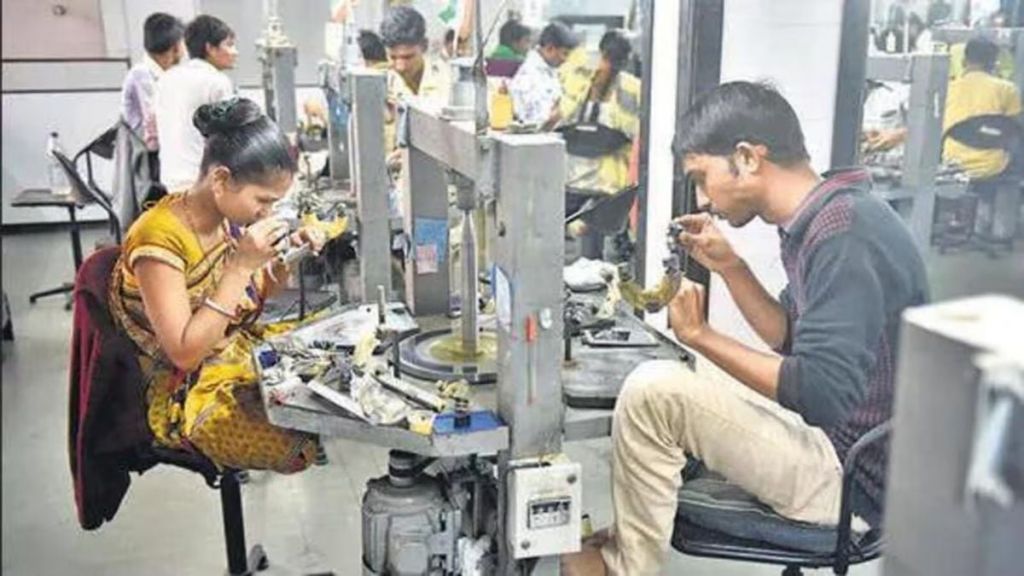
Surat: The diamond manufacturing hub of Surat, known as the world's largest diamond cutting and polishing center, is grappling with significant challenges as the US jewelry sector contracts and lab-grown diamonds gain popularity.
The Jewelers Board of Trade (JBT) reported a 3.2% reduction in US jewelry businesses during the fourth quarter of 2024, with 753 fewer retail, wholesale, and manufacturing entities compared to the previous year. This contraction adds to the woes of Surat’s diamond industry, which has already been hit hard by plummeting polished diamond prices.
US Jewelry Sector Contraction
JBT statistics reveal there are currently 17,124 jewelry retailers, 3,824 wholesalers, and 2,155 manufacturers in the US. During the last quarter of 2024, 158 businesses ceased operations, with only 90 new retailers and a handful of wholesalers and manufacturers entering the market.
Speaking on the impact, Rajesh Patel, a Surat-based diamond exporter, noted, “The shrinking US jewelry sector directly affects Surat’s diamond exports. The reduced demand for polished diamonds from one of our largest markets is a serious concern.”
Natural Diamonds Face Declining Demand
The Surat diamond industry has been struggling for the past two years, with polished diamond prices falling by a staggering 45% in international markets. Natural rough diamond prices also saw a 15% decline in December 2024, exacerbating the industry's troubles.
De Beers, one of the world's leading diamond producers, is reportedly holding its largest diamond stockpile since the 2008 financial crisis, estimated at $2 billion. The stockpile reflects weak demand, especially in China, and the rising popularity of lab-grown diamonds.
“De Beers’ stockpile shows the broader market challenges,” said Ankit Mehta, a diamond market analyst. “When natural diamond prices fall, it’s a sign that consumer preferences are shifting, and the industry must adapt.”
Lab-Grown Diamonds on the Rise
In contrast, lab-grown diamonds have experienced a surge in popularity, especially in Western markets. Rough lab-grown diamond prices increased by 13-15% in 2024, driven by growing consumer demand for sustainable and affordable alternatives. Chinese diamond growers have capitalized on this trend, raising rough diamond prices to match the market boom.
Vivek Shah, owner of a diamond-growing unit in Surat, explained, “Lab-grown diamonds offer consumers an ethical and cost-effective choice. While the natural diamond segment struggles, lab-grown diamonds are helping us tap into a new market segment.”
The challenges faced by Surat’s diamond industry highlight the need for innovation and diversification. Industry leaders emphasize the importance of embracing lab-grown diamond production to remain competitive in the global market.
“Surat must adapt to the changing landscape,” said Bhavesh Tank, vice-president of Diamond Workers’ Union Gujarat (DWUF). “While natural diamonds still hold value, we cannot ignore the shift toward lab-grown alternatives. This is an opportunity for Surat to lead in both segments.”